Backed by Eiichi Shibusawa! 100 years of aiming to be a “social gathering place for adults”, Tokyo Kaikan has been at the forefront of the industry for 100 years, but has been buffeted by history. We met with Mr. Hoshino of the company [#1 – Origins and History]
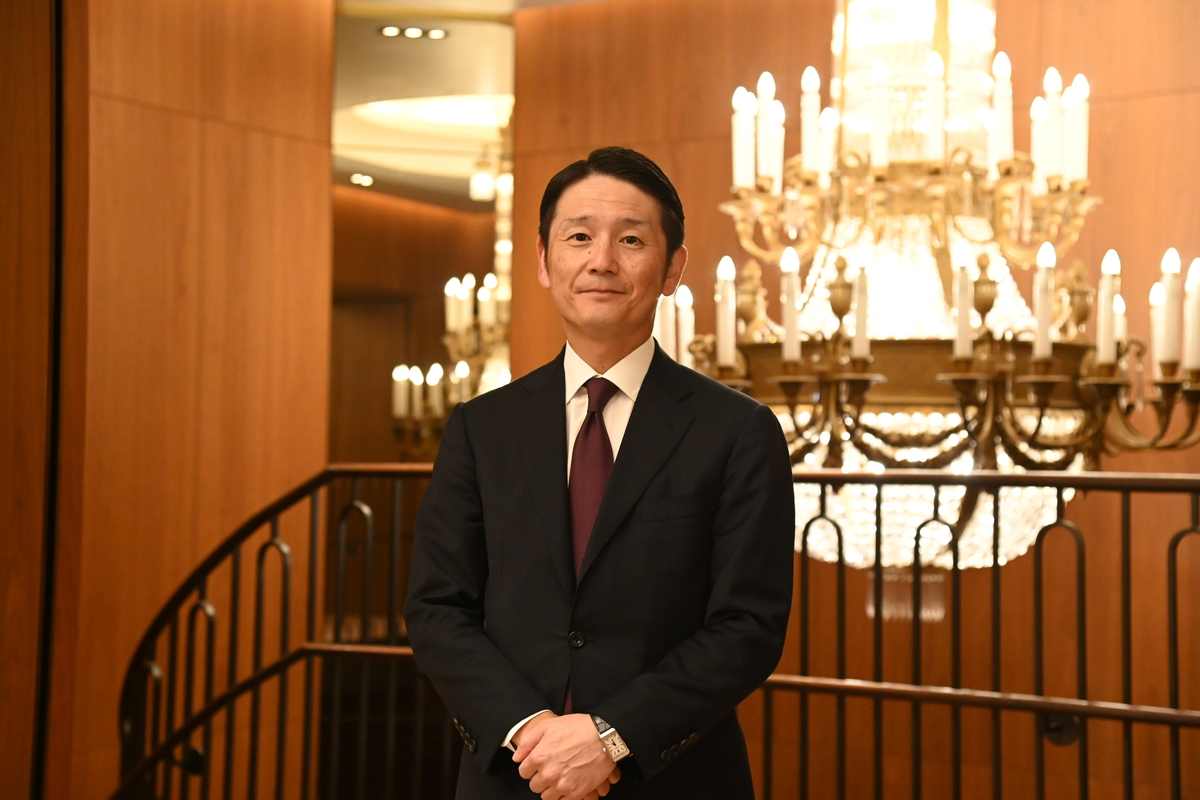
In this series, Tamaki Yasunori, editor-in-chief of Marunouchi LOVEWalker, interviews key people in the Marunouchi area about their feelings for the area, what they are trying to achieve there, and the precious anecdotes they have gained through these endeavors. The key person in the 17th installment is Hoshino Masahiro, managing director of Tokyo Kaikan, a Marunouchi establishment with over 100 years of history. We spoke to him about historical episodes, two rebuilds, three crises, the unchanging charm and the leaps made by changes, the traditional dishes and specialty cocktails that were born from being tossed about by history, and future challenges.
Given the international situation, a hall where large numbers of people could gather was needed
Please tell us about the history of Tokyo Kaikan from your perspective.
Hoshino : “There were three main aspects to the founding of the association. The first was the international situation at the time. The founding general meeting was held in 1920, and the first building opened in 1922. Historically, this was just after Japan had become the de facto victor in the Russo-Japanese War of 1904. There are various theories, but it seems that at the time in Tokyo there were no places to hold large official parties, such as a guest house focused on banquets, so various people were thinking of creating a social venue that the association could be proud of on the world stage.”
I didn’t have that kind of image of Tokyo Kaikan at all.
Hoshino : When this building was built, Fujiyama Raita, then chairman of the Tokyo Chamber of Commerce (Toshi), provided significant financial backing, but companies associated with Shibusawa Eiichi, who founded the Toshi, have also invested heavily in our company. Looking at past documents, Shibusawa, who gave a congratulatory speech at the opening party for the Tokyo Kaikan, had also spoken of the idea of having a social venue somewhere in Tokyo where large numbers of people could gather, around the time the Imperial Theater was built.
The ambitious challenge of those involved with the Imperial Theatre.Two key figures and the impact of the Savoy Hotel
Hoshino : The second aspect is the ambitious challenge taken on by the Imperial Theater and the people associated with it. There were two other key people, one of whom was Yamamoto Kyuzaburo, the executive director of the Imperial Theater. The Imperial Theater was built as a national theater for the public to enjoy, but it only had three restaurants, so it was unable to provide adequate service to its customers.
Around that time, Yamamoto was impressed by the Savoy Hotel (now The Savoy) in England, where he visited for an inspection tour of Europe. It was connected to the neighboring theater by an underground passage, and people who had finished watching the play could use the underground passage to socialize in the hotel. If we could create a hotel like this in Japan, we could solve the problem of only having three restaurants and nowhere to go. Traditionally, Japanese people would socialize in private rooms in restaurants or boat lodges, where they would party wildly, but after the Meiji Restoration, the main social style became one where small groups of people chat on sofas in a corner of a bar. Just as Japan was finally becoming one of the great powers, intellectuals were very averse to the island-like social style of enjoying time only with friends. That’s when Yamamoto came back with the idea for this wonderful building.
The second key person was Ito Konoshin. He was a renowned chef and restaurant producer at the time, who founded the restaurant Mita Toyoken. He started a restaurant in Mita and was on the verge of bankruptcy because he spent too much on ingredients, but Taro Katsura wondered who was running this well-maintained restaurant, which always had a clean eaves. Word of mouth spread about how good the food was, and he built a loyal following, mainly from members of the House of Peers, and later, recommended by Ito Hirobumi, he opened Mita Toyoken. After that, Ito did things like taking on contracts for high-end restaurants inside all kinds of buildings.”
Taro Katsura was later to become Prime Minister. Mr. Ito was a pioneer of restaurant producers.
Hoshino : “Amidst all this, one of the restaurants that opened at the Imperial Theater was apparently Toyoken. When Ito heard about the Savoy Hotel from Yamamoto, he came up with the idea of providing food to large groups of people in a large venue. I think that Tokyo Kaikan embodies Ito’s ambition to further elevate his own status as a producer and Toyoken by using the banquet cuisine style as an added value.”
The source of funding was the backing of Eiichi Shibusawa and Raita Fujiyama of the Tokyo Chamber of Commerce and Industry.
Hoshino : “The third one was the Tokyo Chamber of Commerce and Industry. Shibusawa seems to have backed us up, but we didn’t have enough funds, so we took the idea to Fujiyama Raita, one of the most popular people in the business world. Fujiyama thought it sounded interesting, so he joined the group of initiators and reached out to all sorts of people. Fujiyama was a very unique person who was not afraid of challenges. He had a very flexible way of thinking, was a good listener, and was good at winning people’s hearts.”
So it wasn’t really made by the public, but by the private sector.
Hoshino : “Of course, because of its location, public influence may have played a part to some extent, but the company’s original philosophy was ‘a social gathering place for adults, run by the private sector.’ It wasn’t a venture spirit, but it was a time when Japan was experiencing rapid growth, so I think the key people there put into practice what they had learned abroad.”
This may have been an important historical turning point that changed the nature of markets and social gatherings in Japan.
The name Kaikan and the vision of a palace hotel
Why is Tokyo Kaikan called a “conference hall” and not a hotel?
Hoshino : “There are no official documents remaining, but there is a record that the name was passed unanimously at the general meeting in 1920. I think it was probably intended as a humorous reference to a place where many people gather.”
I wouldn’t go so far as to say it was a new word, but it was a newly born concept.
Hoshino : “That’s probably true. In fact, since it was modelled on the Savoy Hotel at the time, the top floor was meant to be the accommodation building. The guest rooms overlooking the Imperial Palace were named the ‘Palace Hotel.’ However, when the ‘Palace Hotel’ opened, it was used as a banquet hall and a warehouse. It never got a license to operate as an accommodation business. There are various theories, but even the Imperial Hotel is right in front of Hibiya Park, whereas this hotel is directly opposite the Imperial Palace, so I think it may have been due to various considerations and intentions towards the Emperor, who was the head of state at the time.”
So there was a hotel called “Palace Hotel” before the current Palace Hotel.
Hoshino : That’s right. At the time of the 1964 Tokyo Olympics, there were not enough hotels for important people to stay at, so instructions were given to the Imperial Hotel and Tokyo Kaikan to build hotels. The Palace Hotel was built by our management at that time. Meanwhile, Hotel Okura was established by Kihachiro Okura, the eldest son of Kihachiro Okura, one of the founding members of the Imperial Hotel, and who served as the hotel’s chairman.
The Imperial Hotel also once operated the Tokyo Kaikan, which was damaged in the Great Kanto Earthquake. Considering this, all four are related.
Oh, so that’s how it is! What’s more, all four brands are healthy, and in fact, they’re starting to show their strength again, which is wonderful.
Hoshino : “I think the fact that each of the four has a different culture is what gives them their uniqueness.”
Tokyo Kaikan
Tokyo Kaikan was built with private funding with the aim of becoming a social gathering place for adults. In #2, we asked about the behind-the-scenes stories behind the creation of various menu items, such as the “Kaitan-style Gin Fizz,” a cocktail that MacArthur liked to drink, and the “Prince Albert” dish that was served to Queen Elizabeth.
Masahiro Hoshino
Masahiro Hoshino: Born in 1976. Graduated from Hitotsubashi University, Faculty of Law, Private Law Course. After working at Hakuhodo, he joined several foreign strategic consulting firms, including Roland Berger, where he worked on projects such as company-wide strategy, corporate revitalization, business due diligence, M&A, PMI, corporate sales reform, and operational improvement in a wide range of industries, including finance, construction, transportation, consumer goods, and energy. He then moved to a business company. After working as Director of Corporate Planning at Vector, Director and CFO at Positive Dream Parsons, and Epoch Japan Co., Ltd. (now Kizuna Holdings Co., Ltd., Director and CFO and Head of Marketing), an investment fund invested in by Advantage Partners, he joined Tokyo Kaikan in October 2017 and became a director in June 2018. In June 2020, he became Managing Director and Deputy Head of Sales. In March 2023, he became Managing Director, Head of Sales, Head of Marketing Strategy, and Head of Main Sales, a position he holds to this day.
Tamaki Yasunori
Interviewer: Tamaki Yasunori (born 1961 in Osaka Prefecture). Strategic Promotion Office, Kadokawa ASCII Research Laboratories. Editor-in-Chief of Marunouchi LOVEWalker. Visiting Researcher at GLOCOM, International University of Japan. Director of Meta Tourism Promotion Organization. Director of Kyoto City Archaeological Research Institute. Editor-in-Chief of Sankei Shimbun, Fukutake Shoten, and Kadokawa magazines.
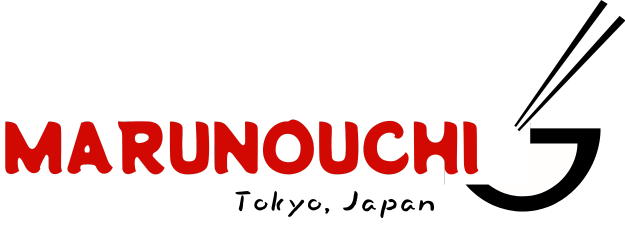
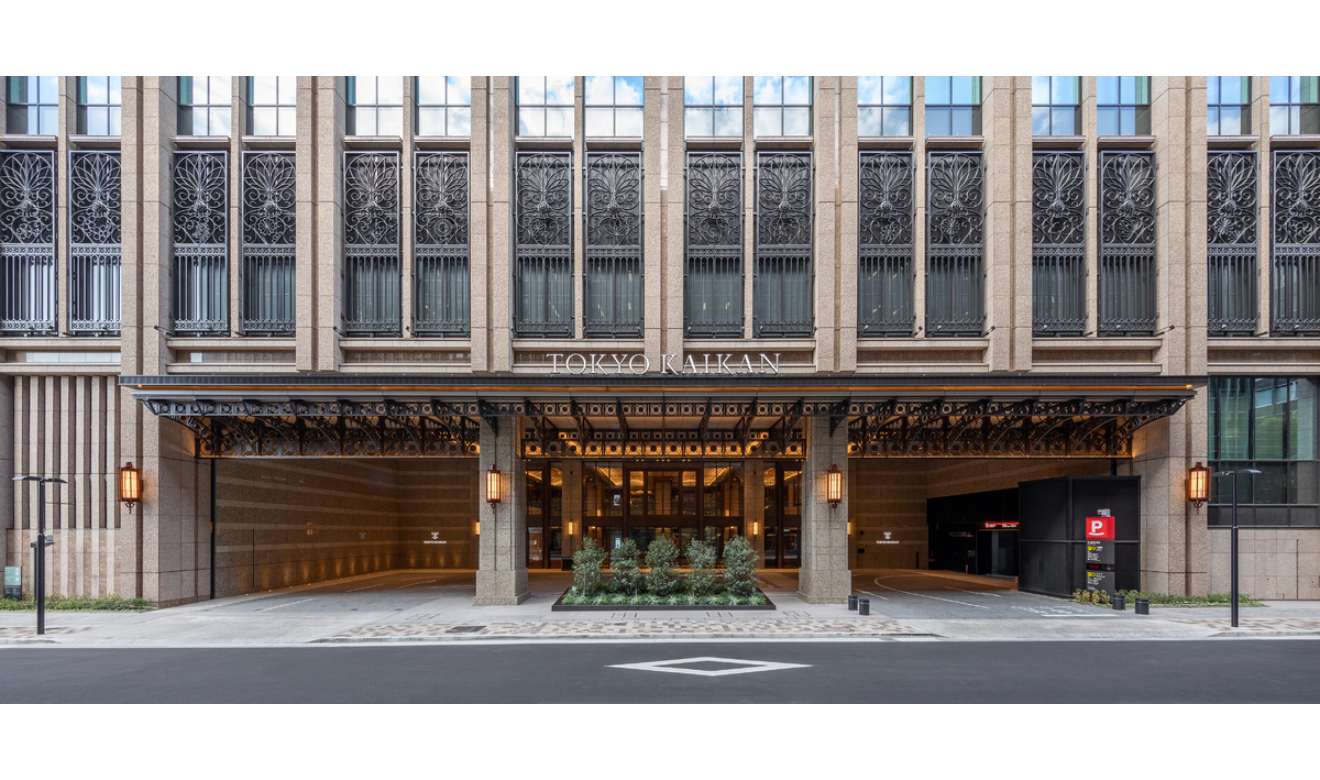
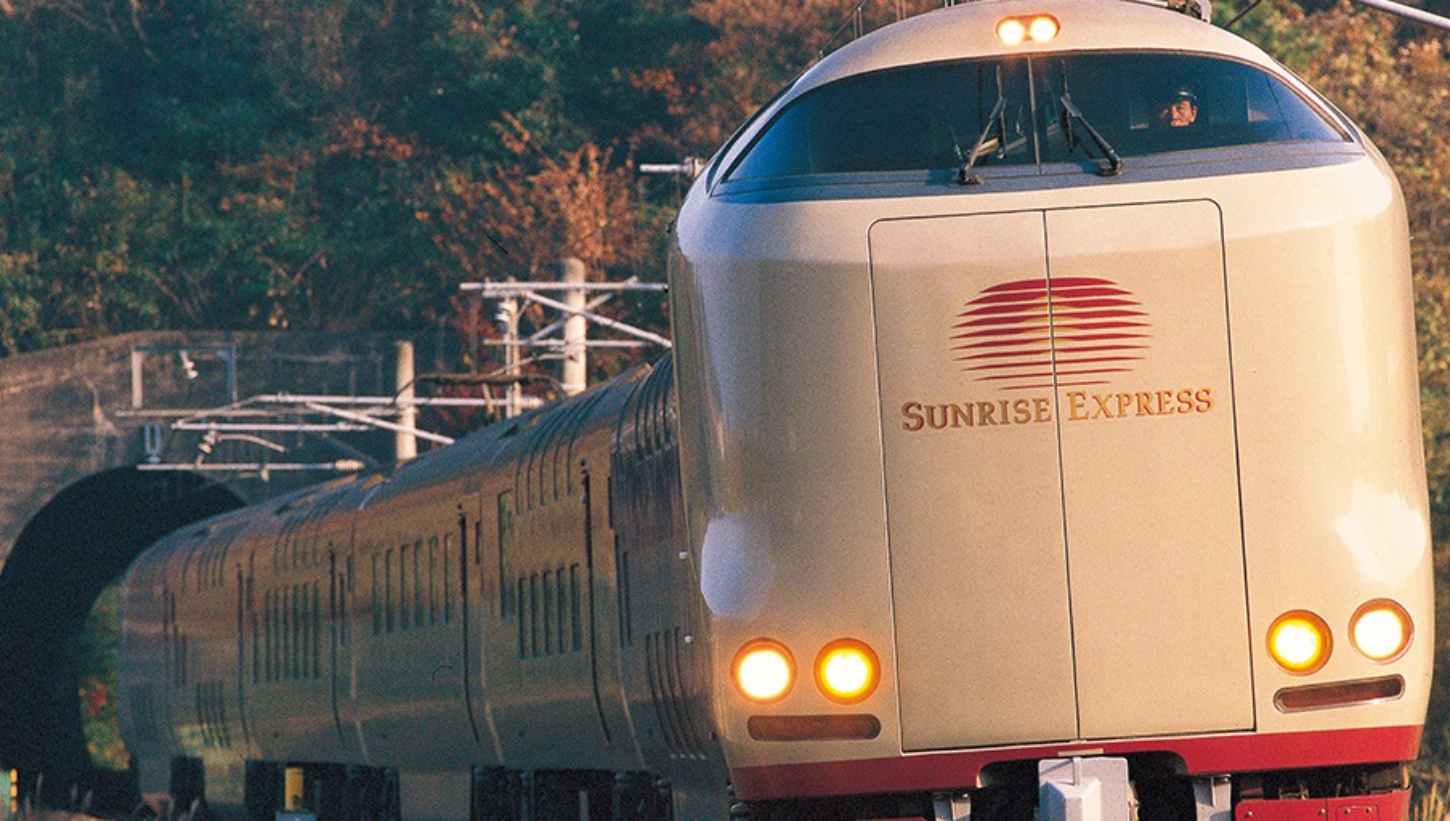
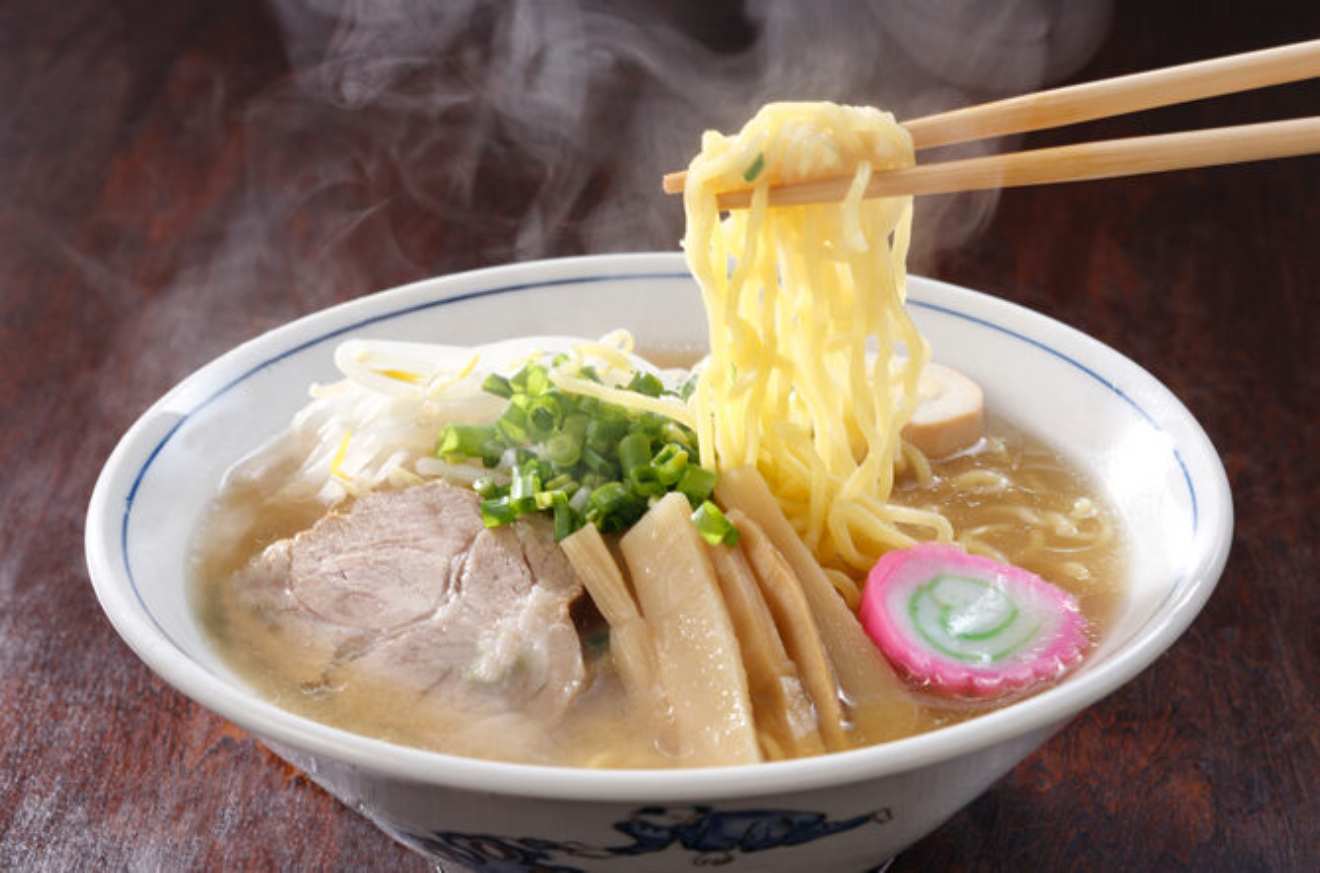
![[Nationwide] 36 recommended “winter wonders 2025” you must see at least once in Japan](https://marunouchi.top/wp-content/uploads/japan-snow.jpg)
Leave a Reply Cancel reply